The true stories behind Beauty and the Beast and other Disney stories
- Published

If you're going to see the live action version of Beauty and the Beast this weekend, you might be surprised to find out it's based on a true story.
Disney's version tells the tragic tale of Belle and a prince transformed into a hairy beast.
It originates from a 16th Century romance between a French court servant and a man with incurable hair growth.
Here's the true story behind Beauty and the Beast and some of Disney's other classic films.
Beauty and the Beast
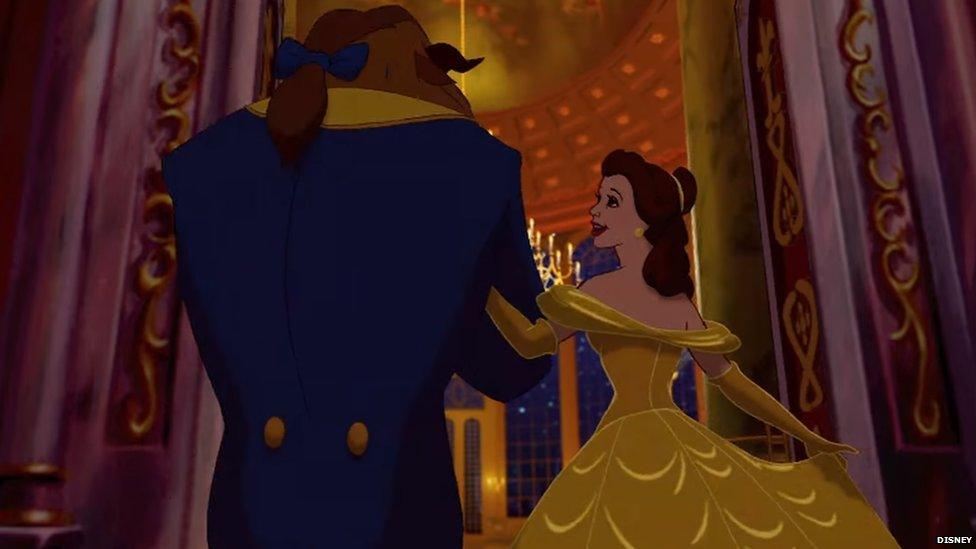
The 1991 Disney animation
Disney's version is based on the fairytale La Belle et la Bete, by Gabrielle-Suzanne Barbot de Villeneuve, published in 1740.
The French author was inspired by the real-life story of Petrus Gonsalvus and his bride-to-be Catherine.
Petrus suffered from hypertrichosis, which made thick, dark hair grow all over his body and face.
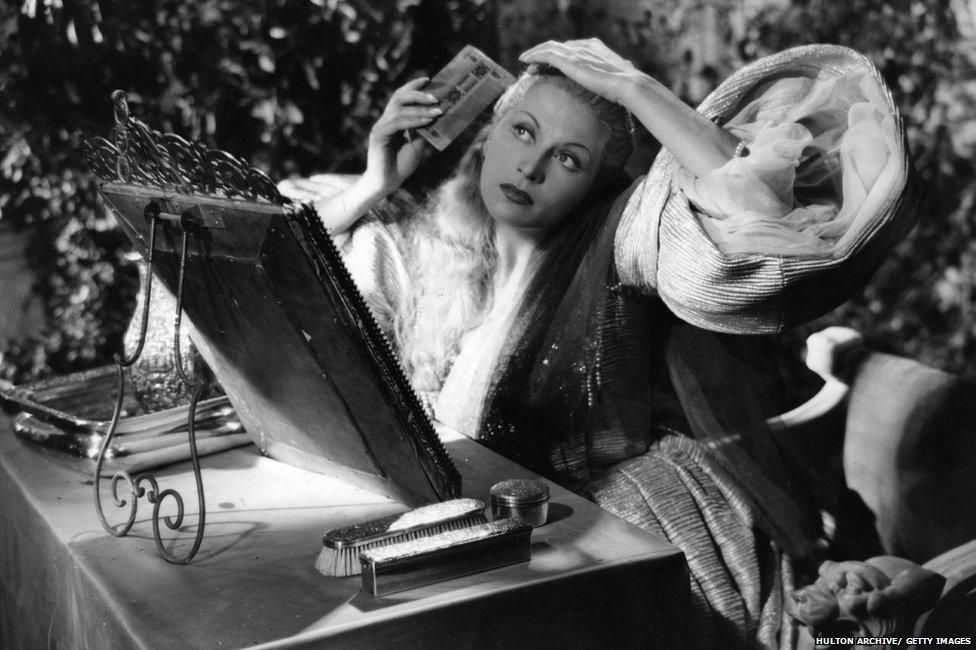
La Belle et la Bete was made into a live action film starring Josette Day in 1946
He had been taken from his native Canary Islands to live among the royal family of France, who treated him as an amusing freak because of his condition.
Catherine, a court servant, didn't know about his hair growth until the couple met on their wedding day, but it didn't bother her.
The couple had four sons, with two inheriting the condition, and three daughters who also had it. The family became celebrities across Europe.
The Hunchback of Notre Dame
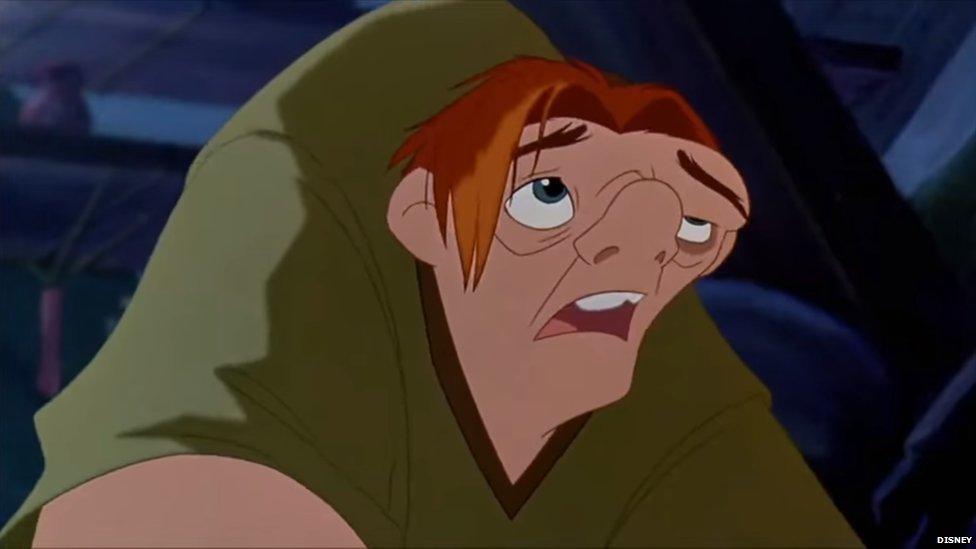
Disney's 1996 animation tells the story of how beautiful gypsy Esmeralda makes friends with Quasimodo, the hunchbacked bell ringer of Notre Dame cathedral in Paris.
It is based on the Victor Hugo novel of the same name, published in 1831, and until recently was believed to be completely fictional.

Quasimodo, the hunchback of Notre Dame, from the book by Victor Hugo
But in 2010 academics uncovered references, external to a "humpbacked" carver in the memoirs of Henry Sibson, a 19th Century British sculptor working at the cathedral at around the time the book was written.
The documents were found during a house clearance in Penzance, Cornwall, and are now part of the Tate archive.
Pocahontas

Disney's film tells the story of how Pocahontas saves the life of English explorer John Smith in the 17th Century, after Native American "savages" attack him, and the pair eventually fall in love.
The real history of relations between Native Americans and colonial settlers is more troubled.
The Powhaton Nation, external, descendants of the real Pocahontas, complained to Disney saying the film "distorts history beyond belief".
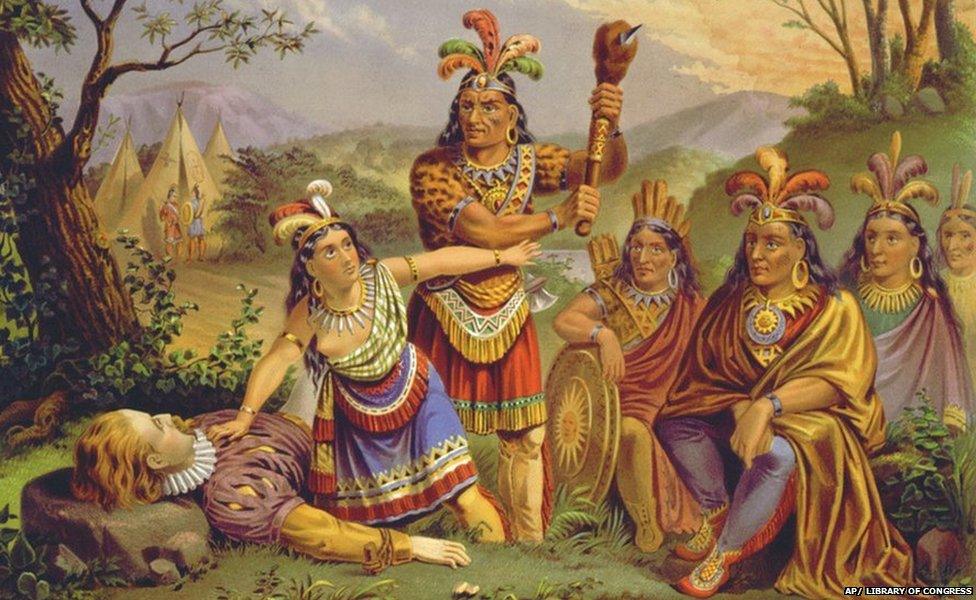
This image from the Library of Congress shows Pocahontas saving John Smith's life
Pocahontas was born in about 1596 and named Matoaka. Her nickname, Pocahontas, means "the naughty one".
She was taken prisoner by English colonialists aged 17 and was held hostage for more than a year.
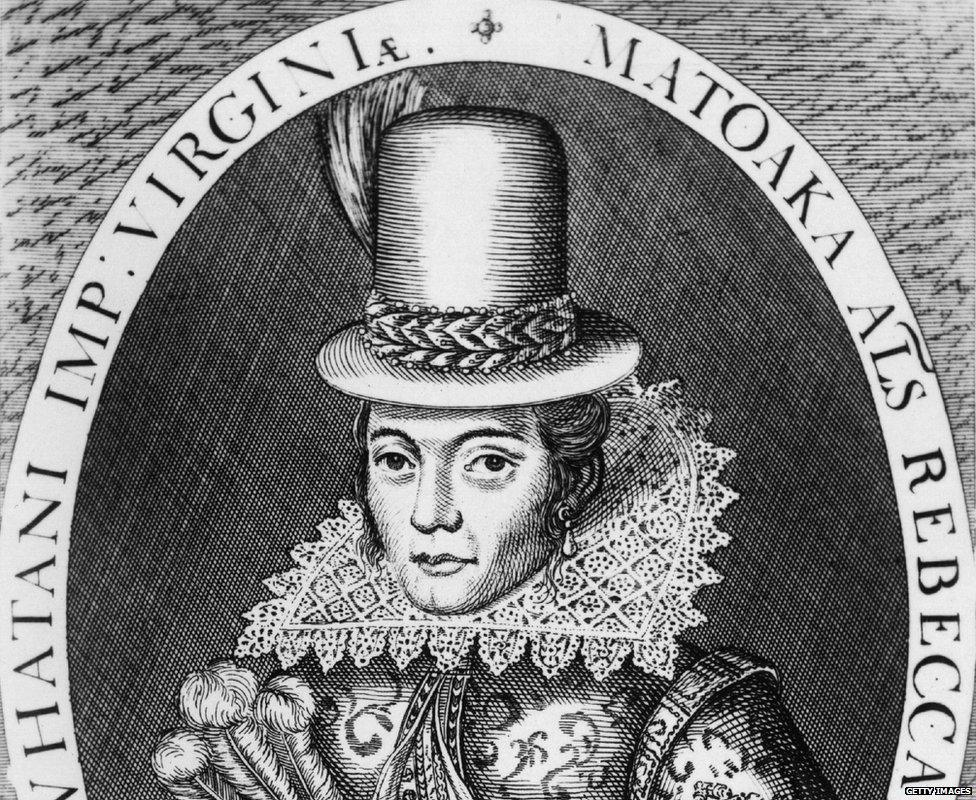
A portrait of Pocahontas in around 1617 shows her in European dress
To secure her release, she agreed to marry 28-year-old widower John Rolfe and changed her name to Rebecca Rolfe.
She moved with him to London and had a son.
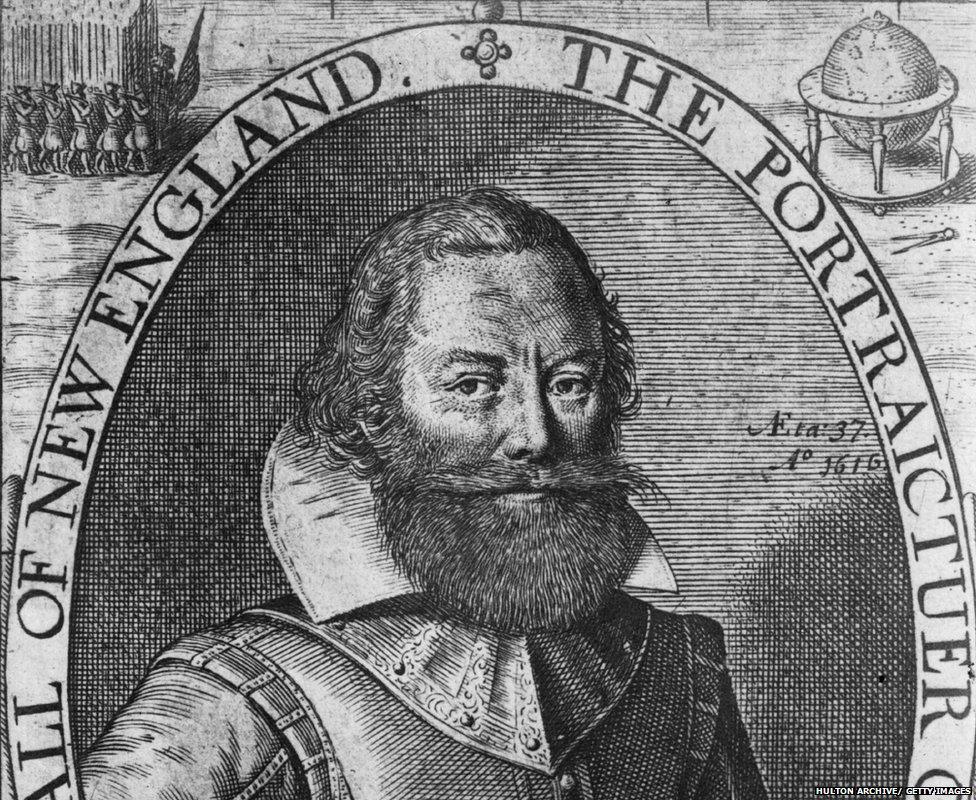
A portrait of John Smith from 1616
The family tried to return to Virginia but sadly Pocahontas died on the boat journey, aged 21.
The real John Smith wrote three accounts of his time with the Powhaton people, but it took 17 years for him to acknowledge that Pocahontas had saved his life.
Mulan
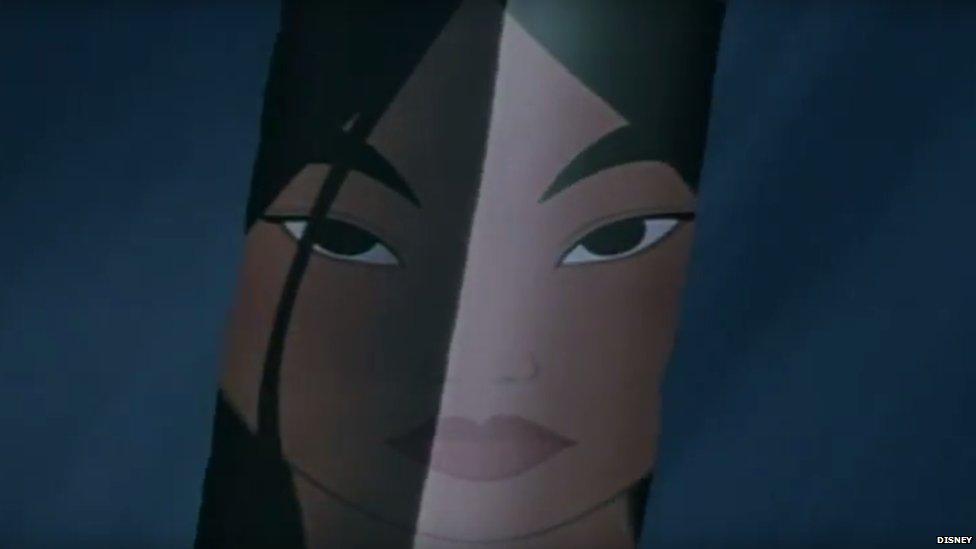
In the 1998 film, Mulan disguises herself as a man to take the place of her ill father in the Chinese army.
Disney's version is based on the Ballad of Mulan, a poem written in the fourth or fifth century in China.
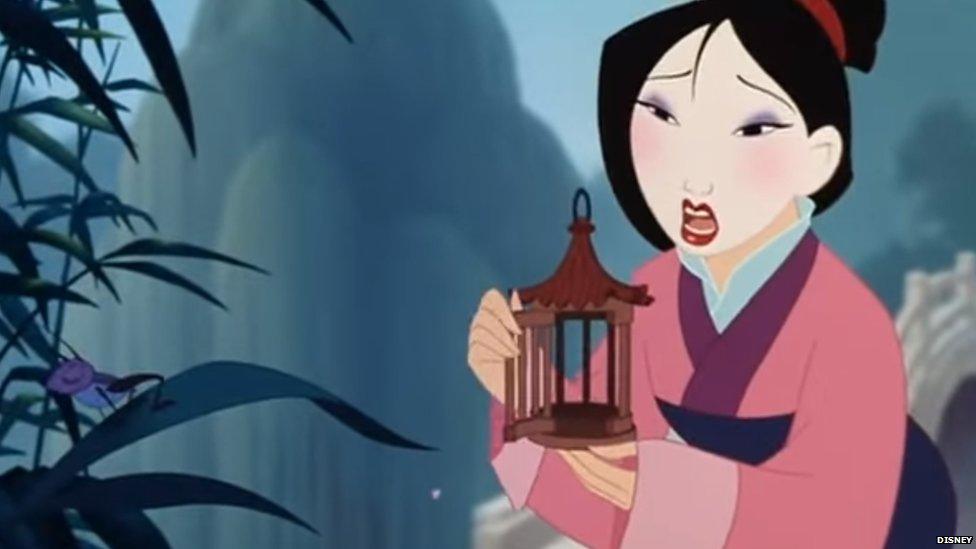
Hua Mulan was described as a warrior, who by the age of 12 was said to be skilled in kung fu and using swords.
Historians don't believe she was real, but some say she could be based on some inspiring Chinese women from that time.
Find us on Instagram at BBCNewsbeat, external and follow us on Snapchat, search for bbc_newsbeat, external